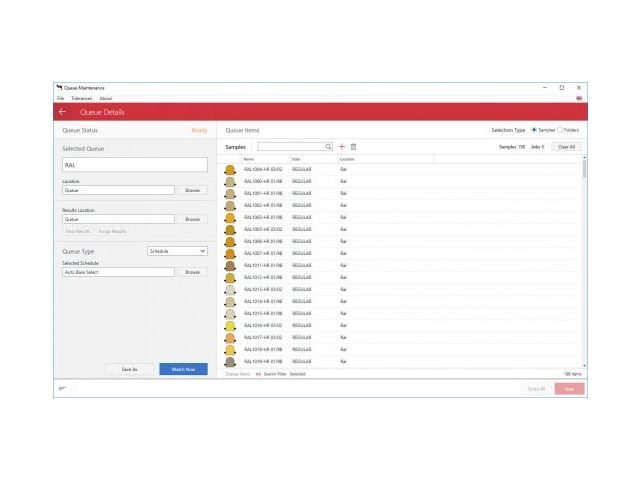

No matter how the color originates, the target must bbe communicated accurately, across the supply chain,all the way to the final product. The first step of any successful color communication process is identifying a standard for color matching. The original source of inspiration might be a swatch of fabric, a chip of paint or a hue developed on a monitor. Here are the steps that must happen for successful digital color communication. To ensure confidence in the quality of the digital color data being exchanged, the sources of any variation in the measurement process must be identified and controlled. When that variation goes unchecked, even digital color data can fall prey to costly misunderstandings and crippling delays in the development cycle. In a world with millions of different hues, the process of measuring color is inherently prone to variation. The key to effective color communication is controlling the factors that can interfere with accurate color data. Yet, the digital color communication process is only as sound as the color data upon which the process is built. There’s no doubt about it: digital color communication can streamline the color development cycle and accelerate speed to market. Rapid changes in color preferences mean companies must keep pace with the ever-evolving trends, without sacrificing precision. This is especially true in the paint, coatings, plastics and textile industries-ones that the team at Datacolor is very familiar with. Why is digital color communication important?Įvery business is faced with the challenge of getting the right product in front of customers at the right moment.


 0 kommentar(er)
0 kommentar(er)
